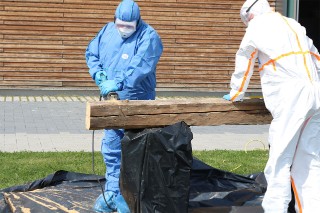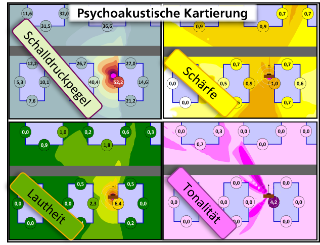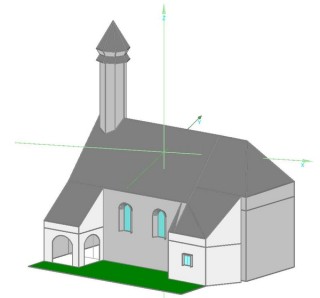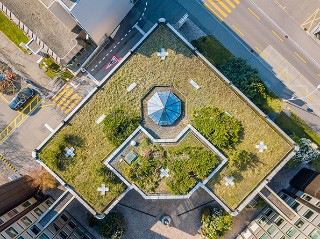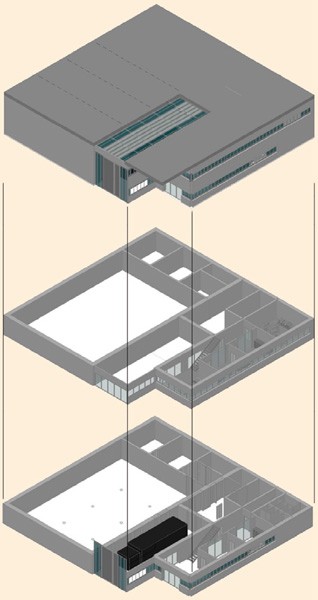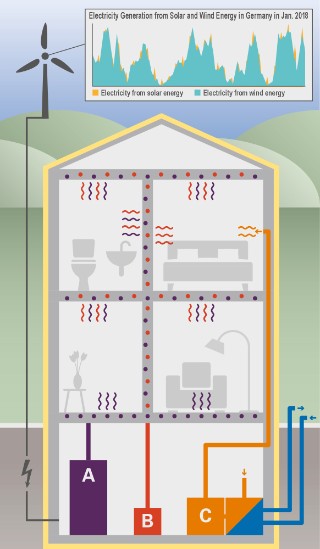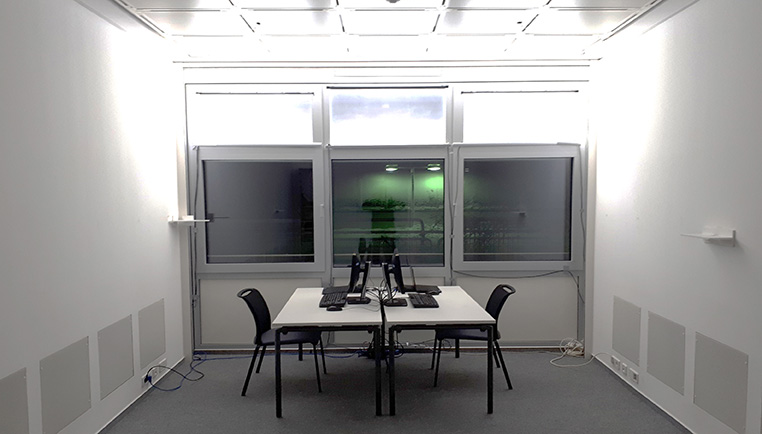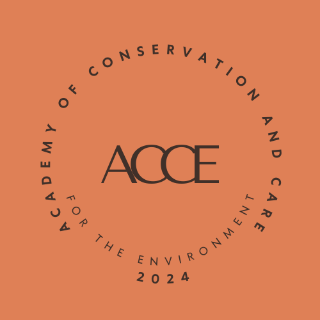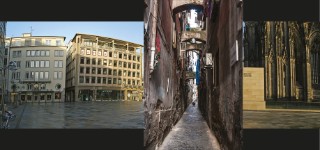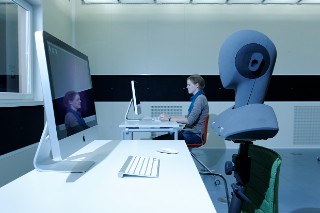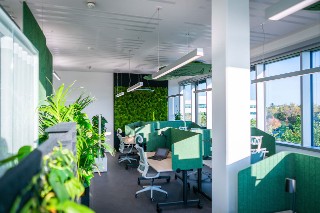
Sustainable acoustic and visual privacy at office workplaces.
At present, there is a high vacancy rate in office buildings due to people working remotely. This is a major economic and ecological problem: air-conditioned, illuminated office space stands empty while people work from home in less energy-efficient living spaces. For offices to be used, they must offer employees clear advantages. The classic multi-space concept, an open-plan office with various workplace modules, still leaves a lot to be desired, especially when it comes to privacy.
more info